 |
Stacey Alberts |
University of Arizona |
Stacey Alberts is a member of the MIRI instrument and MIRI and NIRCam science teams. She studies dust-obscured star formation and AGN activity across different environments and across cosmic time. |
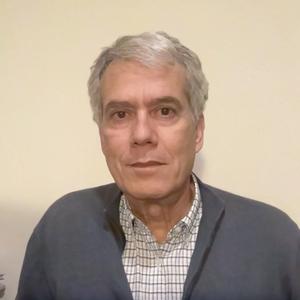 |
Santiago Arribas |
Centro de Astrobiologia (CAB/CSIC--INTA) |
Santiago Arribas is a member of the NIRSpec Instrument Science Team. His main current activity is focused on spatially resolved studies of local and distant star-forming galaxies |
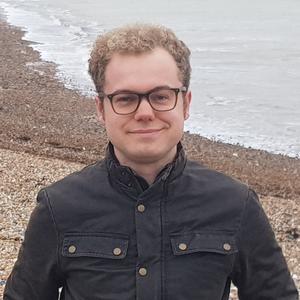 |
William M. Baker |
University of Cambridge |
William is affiliated with the NIRCam Science Team, and his interests include galaxy morphology, spatially resolved photometry and inside-out growth in the early Universe. |
 |
Stefi Alison Baum |
University of Manitoba |
Extragalactic multiwavelength astronomer working on clusters, galaxy evolution, and AGN |
 |
Rachana Bhatawdekar |
European Space Agency-ESAC |
|
 |
Nina Bonaventura |
Steward Observatory at the Unversity of Arizona |
Nina Bonaventura is affiliated with the NIRSpec, NIRCam, and MIRI Science Teams, with interests including scientific algorithm and software development, and the study of AGN and cluster galaxies throughout cosmic time. |
 |
Rebecca Bowler |
University of Manchester |
|
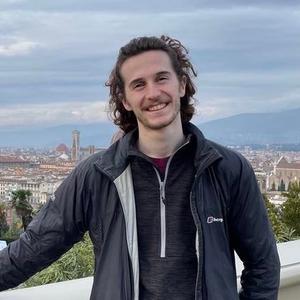 |
Kit Boyett |
University of Melbourne |
Kit Boyett has expertise in Galaxy formation and evolution, with a focus on extreme star forming galaxies using spectroscopic studies. As part of the JADES team he investigates extreme emission line galaxies across a broad redshift range (1<z<8) using JWST/NIRSpec. |
 |
Andrew J. Bunker |
University of Oxford |
Andy is a member of the NIRSpec Instrument Science Team, and studies the most distant galaxies. He led the first study of the Hubble Ultra Deep Field, finding candidate galaxies within the first billion years of the Big Bang. Now, 20 year later, NIRSpec on JWST is confirming these with spectroscopy. |
 |
Alex Cameron |
University of Oxford |
Alex is affiliated with the NIRSpec Instrument Science Team. His interests involves using emission lines to understand the chemical enrichment history of galaxies across cosmic history. |
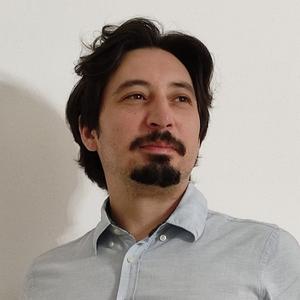 |
Stefano Carniani |
Scuola Normale Superiore, Pisa, Italy |
Stefano Carniani is affiliated with the NIRSpec Science Team, and his research focuses on galaxy formation and evolution across the cosmic epoch, aiming at constraining the mechanisms that regulate star formation in galaxies |
 |
Stephane Charlot |
Institut d'Astrophysique de Paris (CNRS/Sorbonne Université) |
Member of the NIRSpec Instrument Science Team |
 |
Zuyi Chen |
University of Arizona |
|
 |
Jacopo Chevallard |
University of Oxford |
|
 |
Chiara Circosta |
European Space Agency-ESAC |
|
 |
Mirko Curti |
European Southern Observatory |
Mirko Curti is affiliated with the NIRSpec Science Team; his interests include characterising the properties of the gas and the chemical abundances of galaxies in the early Universe. |
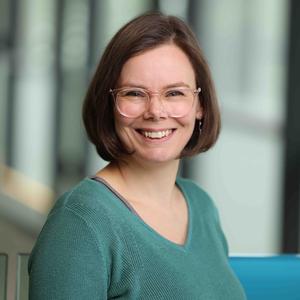 |
Emma Curtis-Lake |
University of Hertfordshire |
|
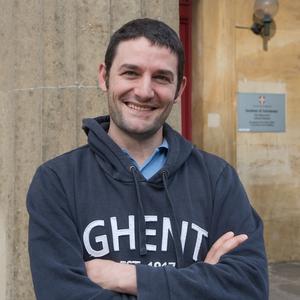 |
Francesco D'Eugenio |
University of Cambridge |
Francesco D'Eugenio is affiliated with the NIRSpec GTO Team. His interests include galaxy formation and evolution and quenching. |
 |
Angelica Lola Danhaive |
University of Cambridge |
Lola Danhaive works in the NIRCam Science team, focusing on combining JADES photometric data with NIRCam grism data from other surveys to study spatially resolved properties of early galaxies. |
 |
Christa DeCoursey |
University of Arizona |
|
 |
Alan Dressler |
Carnegie Observatories |
|
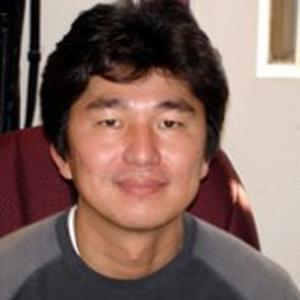 |
Eiichi Egami |
University of Arizona |
Eiichi Egami is a member of the NIRCam instrument and science teams. His interests include studies of high-redshift galaxies with NIRCam/Grism WFSS and survey for transients. |
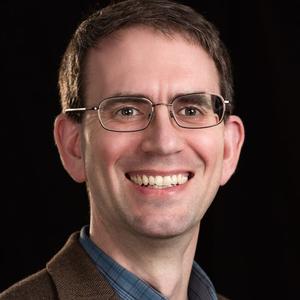 |
Daniel Eisenstein |
Harvard University |
Daniel Eisenstein is affiliated with the NIRCam Science Team and serves on the JADES Steering Committee; his interests include statistical measures of galaxy evolution and cosmology. |
 |
Ryan Endsley |
University of Texas at Austin |
Ryan Endsley is affiliated with the NIRCam Science Team and his interests are broadly centered on how galaxies first formed and drove cosmic reionization. |
 |
Pierre Ferruit |
European Space Agency |
|
 |
Giovanna Giardino |
European Space Agency (ESA/ESTEC) |
|
 |
Justus Gibson |
University of Colorado |
|
 |
Anna de Graaff |
Max-Planck-Institut für Astronomie |
I am part of the NIRSpec team, and interested in tracing the dynamical and structural evolution of galaxies with cosmic time using the combination of imaging and spectroscopy delivered by JADES. |
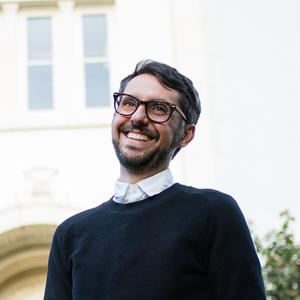 |
Kevin Hainline |
Steward Observatory, The University of Arizona |
Kevin Hainline is a member of the NIRCam Science Team, and he explores galaxy photometric redshifts as well as the properties of active galactic nuclei. |
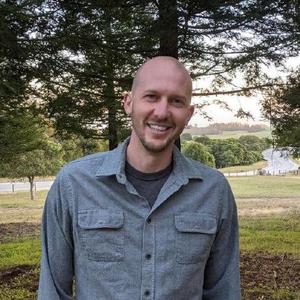 |
Ryan Hausen |
Johns Hopkins Univerisity |
Ryan Hausen is affiliated with the NIRCAM Science Team. His interests include developing machine learning and visualization techniques for large-scale astronomical data. |
 |
Jakob Helton |
University of Arizona |
Jakob Helton is affiliated with the NIRCam Science Team, with interests in understanding the formation and evolution of high-redshift galaxies and galaxy clusters. |
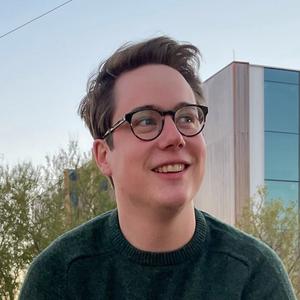 |
Raphael Erik Hviding |
University of Arizona |
NIRCam Extragalactic Science Team Member interested in Galaxy Evolution and Active Galactic Nuclei |
 |
Peter Jakobsen |
DAWN/University of Copenhagen |
I am affiliated with the NIRSpec GTO team and served as the ESA NIRSpec Project Scientist 1997-2011 during the design and construction phases of the instrument. |
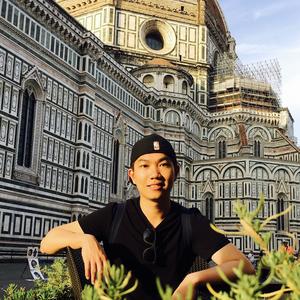 |
Zhiyuan Ji |
University of Arizona |
Zhiyuan Ji is affiliated with the NIRCam Science Team, and his interests include understanding the stellar-population and structural properties of distant galaxies. |
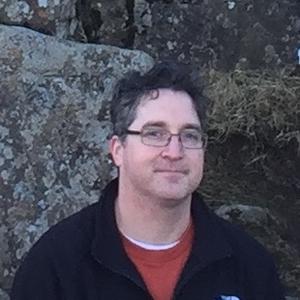 |
Benjamin Johnson |
Center for Astrophysics | Harvard & Smithsonian |
NIRCam Extragalactic Science Team member working on galaxy image modeling and SED modeling, with interest in the star-formation histories of galaxies. |
 |
Gareth Jones |
University of Oxford |
Gareth works with NIRSpec data, in order to examine how the radiation from galaxies affects their surroundings. Soon, he will use ALMA far-IR data to determine the dust-obscured star formation of these sources. |
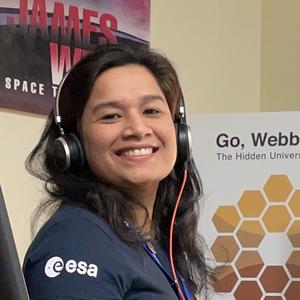 |
Nimisha Kumari |
AURA/ESA/STScI |
Nimisha Kumari is part of NIRSpec Science and Instrument teams. Her research is driven by questions related to the chemical evolution of the Universe. |
 |
Isaac Laseter |
University of Wisconsin - Madison |
Isaac Laseter is affiliated with the NIRSpec Science Team. His interests include studying the chemical evolution of high-z galaxies through direct metallicity indicators. |
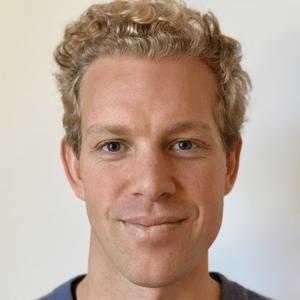 |
Tobias J. Looser |
University of Cambridge, Kavli Institute for Cosmology |
Tobias J. Looser is a member of the NIRSpec Science Team, and his research interests lie in studying galaxy formation and evolution in the early stages of the Universe's history, with a special focus on understanding galaxy burstiness and quenching during these epochs. |
 |
Nora Lützgendorf |
European Space Agency/STScI |
|
 |
Jianwei Lyu |
University of Arizona |
|
 |
Roberto Maiolino |
University of Cambridge |
Member of the NIRSpec Instrument Science Team and of the JWST Science Working Group. Coordinator of the Data Analysis Working Group. |
 |
Sirianni Marco |
European Space Agency |
|
 |
Michael Maseda |
University of Wisconsin-Madison |
|
 |
Erica Nelson |
University of Colorado |
Erica Nelson is affiliated with the NIRCam Science Team. She is interested in the weird and wonderful early universe. |
 |
Eleonora Parlanti |
Scuola Normale Superiore (Pisa) |
|
 |
Michele Perna |
Centro de Astrobiologia (CAB/CSIC--INTA) |
|
 |
Bruno Rodríguez Del Pino |
entro de Astrobiología (CSIC-INTA), Madrid, Spain |
Bruno Rodríguez Del Pino is associated to the NIRSpec GTO team and his research focuses on the characterization of the interstellar medium in galaxies at early times. |
 |
Dávid Puskás |
Kavli Institute for Cosmology, University of Cambridge |
David Puskas is affiliated with the NIRCam Science Team, and his interests include galaxy formation and evolution, particularly understanding the merger history of galaxies at different cosmic epochs. |
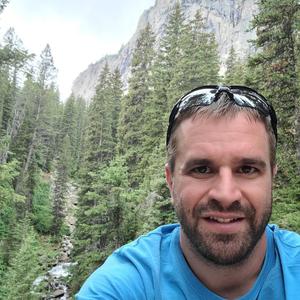 |
Tim Rawle |
European Space Agency-ESAC |
Tim Rawle has been an ESA Instrument Scientist for NIRSpec since ground testing of the instrument module. His science interests include the environmental dependence of galaxy evolution. |
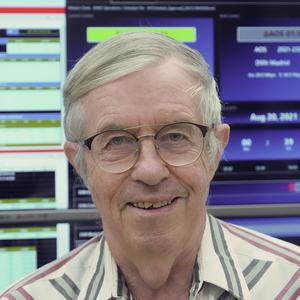 |
George Rieke |
University of Arizona |
|
 |
Marcia Rieke |
University of Arizona |
I am the NIRCam Principal Investigator and have been studying distant galaxies in the IR since the 1980s. |
 |
Hans-Walter Rix |
Max-Planck-Institut für Astronomie |
|
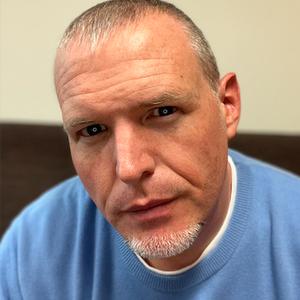 |
Brant Robertson |
University of California, Santa Cruz |
Brant Robertson is affiliated with the NIRCam Science Team and serves on the JADES Steering Committee. His interests include understanding the formation and evolution of distant galaxies during the epoch of reionization. |
 |
Wiphu Rujopakarn |
National Astronomical Research Institute of Thailand/Chulalongkorn University |
|
 |
Lester Sandles |
University of Cambridge |
Lester is a member of the NIRSpec team and is interested in the physical properties of galaxies at Cosmic Dawn. |
 |
Aayush Saxena |
University of Oxford |
Aayush Saxena is affiliated with the NIRSpec Science Team, and his interests include studying the physical and chemical properties of some of the most distant galaxies, in the epoch of reionization |
 |
Jan Scholtz |
KICC, Cambridge |
Jan Scholtz is in the NIRSpec science team focusing on the supermasive black holes and exploring the effect of AGN feedback on galaxy evolution. |
 |
Irene Shivaei |
University of Arizona |
|
 |
Maddie Silcock |
University of Hertfordshire |
|
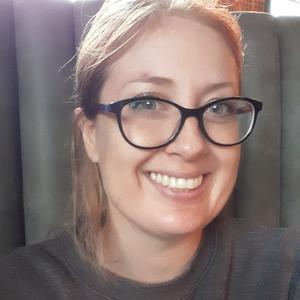 |
Charlotte Simmonds |
University of Cambridge |
Charlotte Simmonds is affiliated with the NIRCam Science Team, and her interests include understanding the galaxies responsible for reionizing the universe. |
 |
Renske Smit |
Liverpool John Moores University |
|
 |
Daniel Stark |
University of Arizona |
|
 |
Katherine A. Suess |
UC Santa Cruz |
|
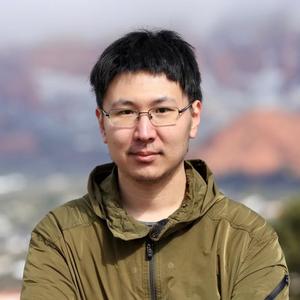 |
Fengwu Sun |
University of Arizona |
Fengwu Sun is a member of the NIRCam science team with the expertise on dusty star-forming galaxies and NIRCam grism spectroscopy. |
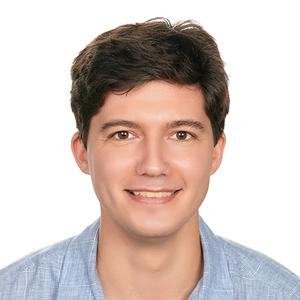 |
Sandro Tacchella |
University of Cambridge |
I am studying the physics that govern the formation of the first galaxies in the early universe, the buildup of the bulge and disk components in galaxies, and the cessation of star formation in massive galaxies. |
 |
Mengtao Tang |
University of Arizona |
Mengtao Tang is interested in understanding the physical properties of distant galaxies and their impact on the cosmic reionization. |
 |
Michael Topping |
University of Arizona |
Michael Topping is affiliated with the NIRCam Science Team, and is primarily interested in galaxy evolution, and the physical conditions within the earliest galaxies. |
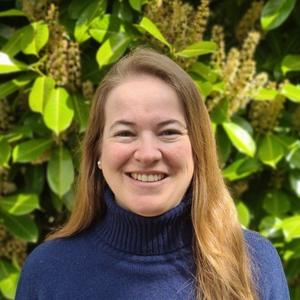 |
Hannah Übler |
University of Cambridge |
Hannah Übler is affiliated with the NIRSpec GTO Team and her interests include the kinematic evolution of galaxies and massive black holes in the early Universe. |
 |
Giacomo Venturi |
Scuola Normale Superiore, Pisa, Italy |
Giacomo Venturi is affiliated with the NIRSpec Science Team and his interest include the evolution of distant galaxies and the role supermassive black holes played in shaping it. |
 |
Imaan Wallace |
University of Oxford |
|
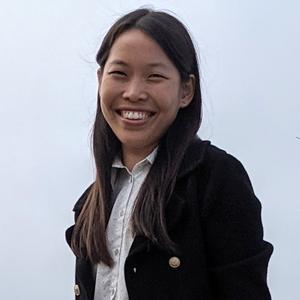 |
Lily Whitler |
University of Arizona |
Lily Whitler is affiliated with the NIRCam science team. Her scientific interests lie in galaxy formation and evolution within the first billion years of cosmic time. |
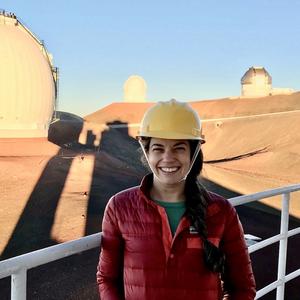 |
Christina Williams |
National Optical Infrared Astronomy Research Lab (NOIRLab) |
Christina Williams is a member of both the NIRCam instrument and science teams. Her research interests focus on massive galaxy evolution and why galaxies stop forming stars, and she has supported NIRCam testing and commissioning for the JWST mission since 2014. |
 |
Christopher Willmer |
Steward Observatory, University of Arizona |
Member of the NIRCam Instrument Team at the University of Arizona, with broad interest in Extragalactic Astrophysics. |
 |
Chris Willott |
NRC Herzberg, Victoria, Canada |
Chris Willott is the Canadian JWST Project Scientist and a member of the NIRSpec Instrument Science Team. He is interested in the early evolution of galaxies and their supermassive black holes. |
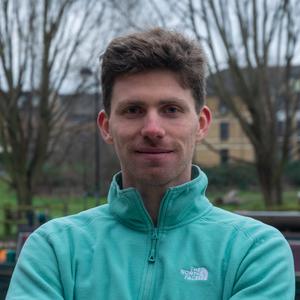 |
Joris Witstok |
Kavli Institute for Cosmology, University of Cambridge |
Joris Witstok is part of the NIRSpec Science Team. His interests include the formation of the earliest galaxies, how they build up the first metals and dust, and their connection to Cosmic Reionization. |
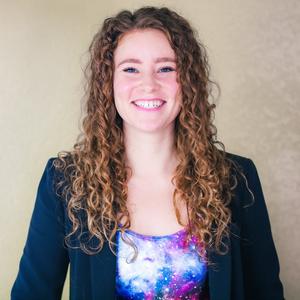 |
Charity Woodrum |
University of Arizona |
Charity Woodrum is a NIRCam Extragalactic Science Team member and her research interests focus on galaxy evolution and why galaxies stop forming stars. |













































































